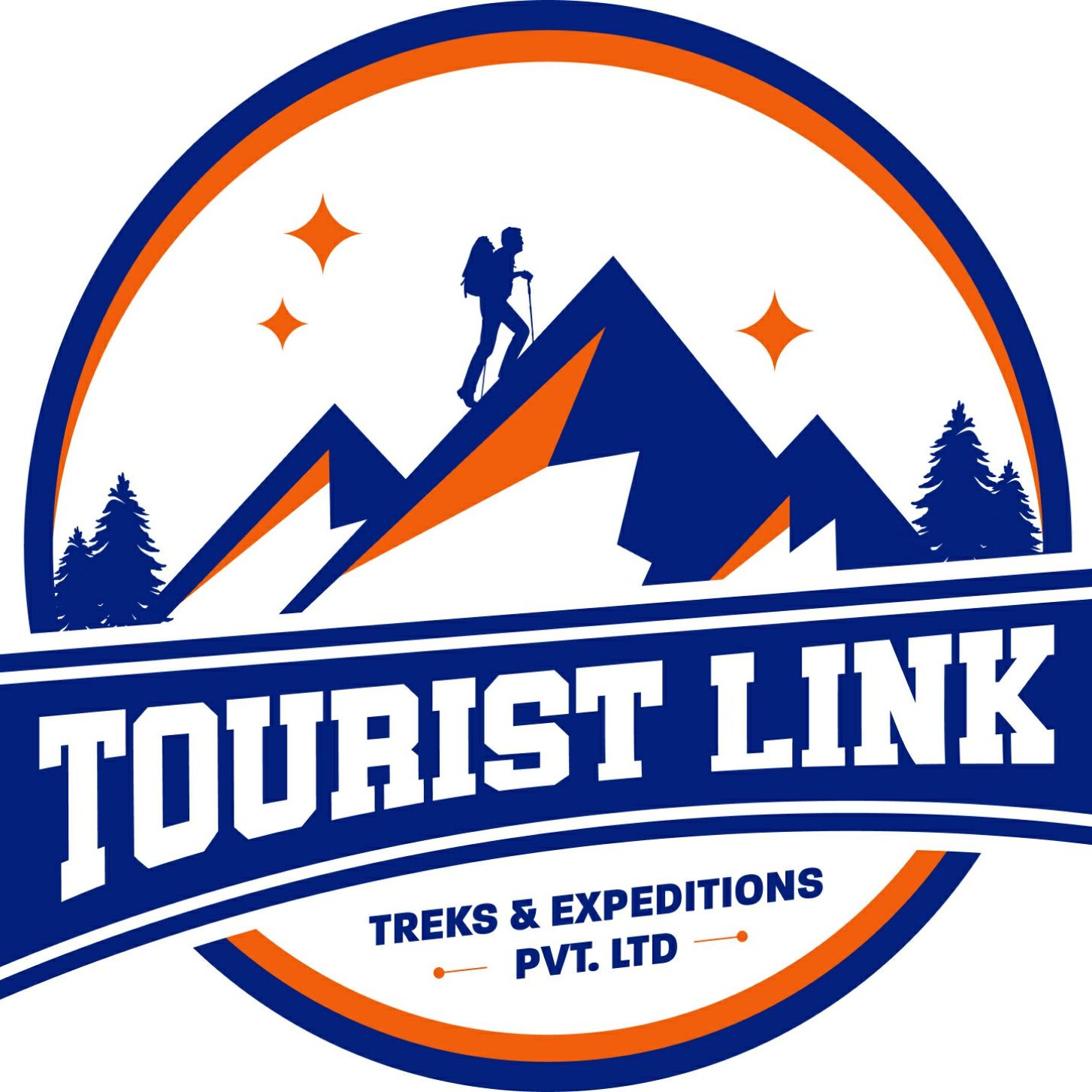Nepal Mountaineering Association (NMA) regulates various peaks in the Himalayas, categorizing them into two main groups based on factors like height and region. The cost of climbing permits varies according to the peak and the season in which you plan to climb. Here is a general overview of the mountain groups and peak climbing permit charges:
Group “A” Peaks:
Mountains in the Mahalangur region (e.g., Mt. Kyazo Ri, Mt. Pdari Lapcda), Khumbu Region (e.g., Mt. Cholatse, Mt. Lobuje West), Jugal region (e.g., Mt. Langsisa Ri), Kanchanjunga (e.g., Mt. Bokta), Gaurisankhar (e.g., Mt. Chekigo), Manaslu (e.g., Mt. Larkya Peak), and Langtang region (e.g., Mt. Yubra Himal) fall under Group “A.” Permit fees for these peaks are as follows:
- Spring (March to May): USD 250 per person
- Autumn (September to November): USD 125 per person
- Winter (December to February) and Summer (June to August): USD 70 per person
Group “B” Peaks:
Mountains like Mt. HiunChuli, Mera Peak, Mt. Kusum Kanguru, Mt. Kwangde, Mt. Imja Tse (Island peak), Mt. Lobuje, Mt. Khongma Tse, Mt. Chulu West, Pisang Peak, Mt. Pharchamo, Mt. Ramdung, Ganja La Chuli (Naya Kanga), Paldor Peak, Mt. Singu Chuli (Fluted Peak), and Mt. Chulu East fall under Group “B.” Permit fees for these peaks are the same as Group “A.”
Additionally, insurance amounts for Sardar, mountain guides, and high-altitude workers are fixed at Rs. 15 lakhs, and medical insurance is fixed at Rs. 4 lakhs. A mountain Heli-rescue fund of USD 10,000 is also required.
Note: The maximum number of members in a team is 15.
The garbage deposit for acquiring a peak climbing permit is USD 500.00, refundable as per NMA provisions.

